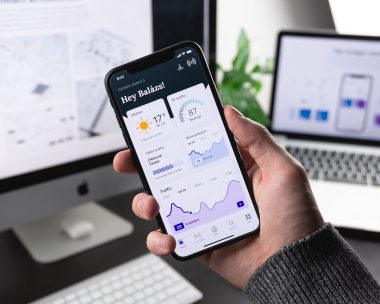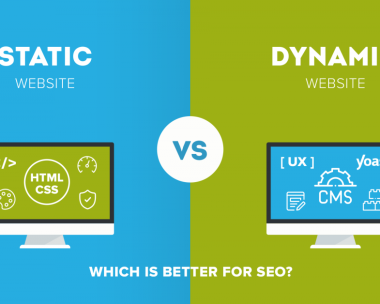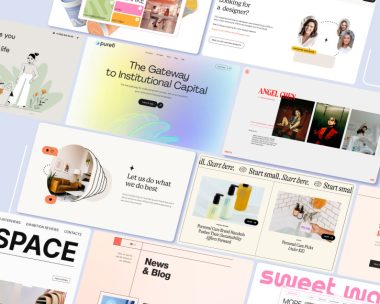Web Design Tips, Web Development Top 5 Mistakes to Avoid When Designing a Business Website in Dubai
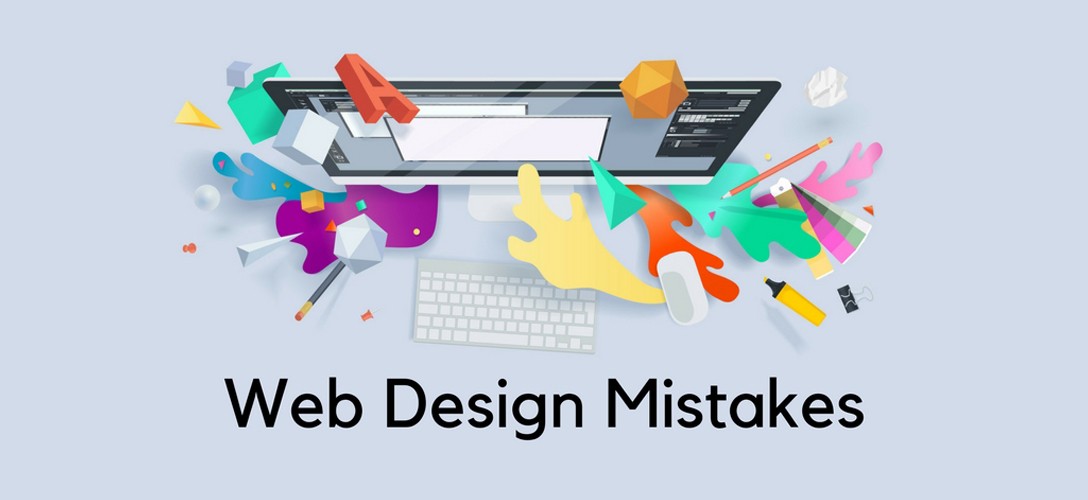
Your Website = Your Digital First Impression in the UAE
In Dubai, a city where over 90% of consumers search online before purchasing, your website is your #1 digital asset. But too many businesses invest in poorly planned websites that look nice but don’t perform—resulting in lost leads, poor rankings, and wasted budgets.
If you’re a UAE-based business planning a new website (or redesigning one), avoid these common but costly web design mistakes that we see every week at 1Hashtag.
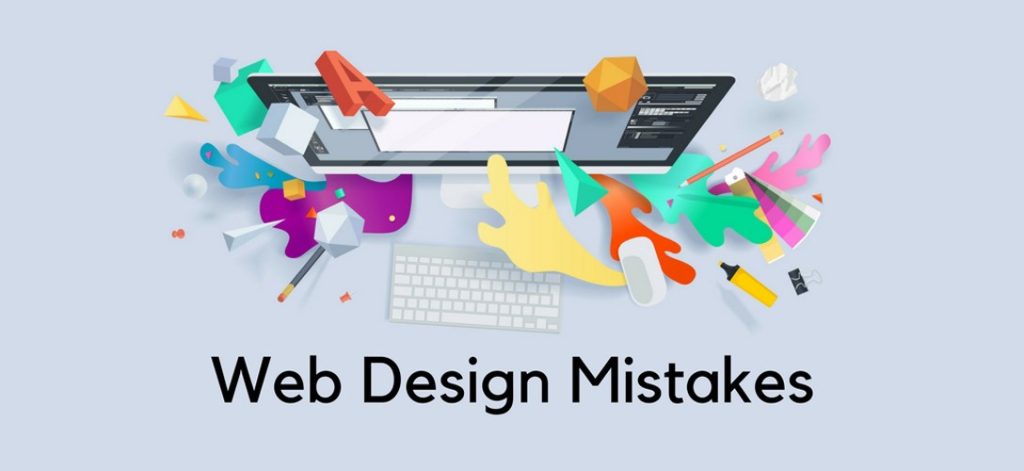
Mistake #1 – Prioritizing Looks Over Functionality
Sure, everyone loves a beautiful design—but if your visitors can’t find what they need in under 5 seconds, they’ll leave.
What this looks like:
- Overuse of animations and sliders
- Confusing navigation
- “Artistic” layouts that ignore user flow
What to do instead:
- Design for clarity, not cleverness
- Focus on CTAs, readability, and goal paths
- Use intuitive menus and a sticky header
💡 Pro Tip: At 1Hashtag, we use user behavior mapping tools to make sure design supports conversion—not just decoration.
H2: Mistake #2 – Ignoring Mobile Optimization
In the UAE, over 80% of web traffic comes from smartphones. Still, many sites in Dubai look great on desktop—but completely break on mobile.
Symptoms of this mistake:
- Text overlaps on mobile
- Menus don’t open correctly
- Load time spikes on phones
Fix this by:
- Designing mobile-first, not mobile-after
- Using responsive layouts (Bootstrap/Tailwind)
- Compressing images and scripts for faster mobile load times
If your site isn’t smooth on mobile, Google will rank you lower—and users will bounce fast.
Mistake #3 – No Localized, Bilingual Support
Dubai’s audience is multilingual—and your website should be too. Many UAE businesses miss out on Arabic-speaking users by launching in English only.
What this mistake costs you:
- Missed ranking in Arabic search results
- Poor experience for native speakers
- Lower credibility with local audiences
Solution:
- Offer clear language toggles (EN/AR)
- Ensure RTL (right-to-left) support for Arabic
- Localize images, content, and even currency (AED)
At 1Hashtag, every bilingual website is optimized for both Google and human experience across languages.
Mistake #4 – No Clear SEO Strategy Built In
Many websites are launched without basic SEO foundations, which means they won’t show up in Google—even if they look amazing.
Common SEO oversights:
- No meta titles or descriptions
- Missing alt text on images
- No structured H1/H2 hierarchy
- Unoptimized URLs (e.g., yourdomain.com/page-3)
SEO must-haves:
- Keyword research during content planning
- Meta fields set on every page
- Internal linking between blog, service pages, and home
- Schema markup and XML sitemap setup
🟢 Every site we build at 1Hashtag comes with SEO basics pre-installed—and ready to scale.
Mistake #5 – No Lead Capture or Conversion Strategy
A beautiful website with no contact form, CTA, or WhatsApp button is like a store with no cash register.
What you’re missing:
- Instant quote forms
- Sticky contact buttons
- Live chat or WhatsApp integration
- “Book a call” scheduling plugins
Your website’s goal isn’t just to inform—it’s to convert. Every scroll should bring the user closer to taking action.
Bonus – What Your Website Should Include in 2025
- Mobile-first, responsive layout
- Bilingual support (EN/AR)
- Fast load time (<2.5s on mobile)
- SEO optimization at every level
- Lead capture and clear CTAs
- Google Analytics + Search Console tracking
- WhatsApp & map integrations for UAE users
Final Thoughts – Avoid Mistakes, Build Strategically
In a competitive digital environment like Dubai, even one of these mistakes can cost you traffic, leads, and trust. The good news? They’re easy to fix when you start with the right team.
At 1Hashtag – Web Design Company in Dubai, we build websites that are beautiful, functional, and performance-optimized—from the first pixel to the last line of code.
